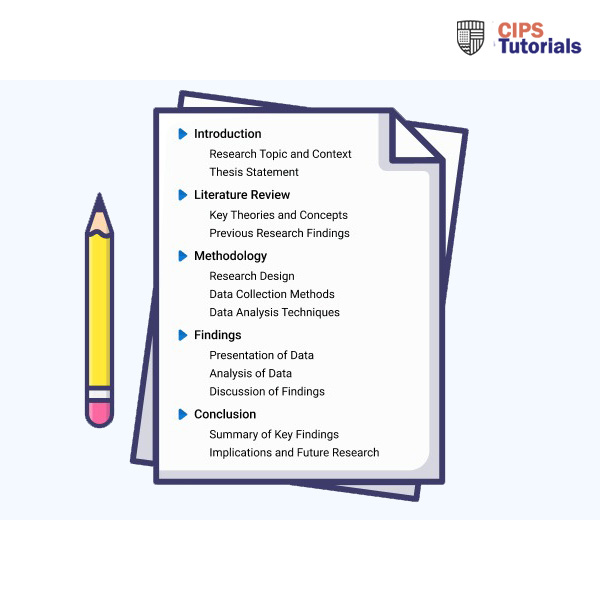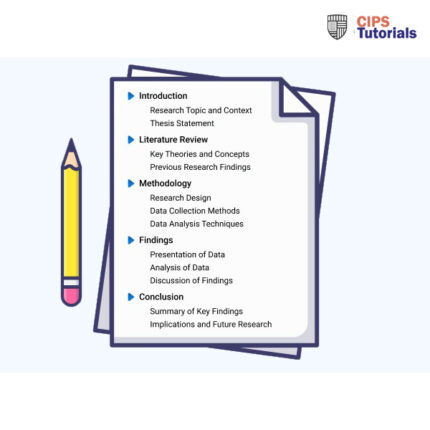-80%
Solution
Task One – Report Section Once
| Evaluate the principles of reward and its importance to organisational culture and performance management. (AC 1.1) |
| Key Principles of Reward:
Different principles of reward guide the development of reward strategies and implications at the organisational level. The first key principle of reward is fairness, which stipulates the distribution of rewards fairly and equitably per contribution at the individual and group levels. The second key principle of reward is transparency (Barattucci, Alfano, and Amodio, 2017). This principle states that the reward system should always be transparent and articulated effectively through comprehensive communication to all workers. Another key principle is performance alignment, which advocates for aligning rewards with the performance and outcomes of the organizational objectives. Importance to Organisational Culture: Reward principles guide the development of the best reward strategies, which shape organisational culture and reputation by balancing the interests of the organisation and the desires of the stakeholders/shareholders. The principles of reward are important to GA Pensions’ organisational culture by impacting the working climate and transforming behaviours of the organisational workers concerning ongoing improvements (Almarwan, 2019). Based on this, these principles of reward guide the development of the environment for workers to achieve individual and collective goals/missions. Importance to Performance Management: These principles of reward are important to GA Pensions’ performance management by attracting, motivating, and keeping the right talent (reducing employee turnover) from entry-level to management positions (Barattucci, Alfano, and Amodio, 2017). GA Pensions can use these principles of reward to draw the best employees and keep them in pursuit of competitive advantage. The principles of reward also provide guidance and motivation to workers to increase performance level or overall productivity by enhancing flexibility when it comes to coordination of reward systems, preferences of workers, involvement in the development of such systems, and transparency in their application or implementation. The principles set the tone for performance management in determining success in terms of mission and set objectives.
|
| Explain how policy initiatives and practices are implemented. (AC 1.2) |
| Reward Policy
Reward policies incorporate various guidelines associated with decision-making and action. According to Juneja (2019), such policies are structured and designed to depict expectations of the organisation and management on managing rewards, as well as how to behave in specific situations when faced with reward issues. One of the examples of reward policies is the e-reward (E-reward, 2024). The e-reward policy provides a platform for the users to have access to subscribe to the weekly reward management e-newsletter, comp, and Ben magazine. Implementation of Reward Policy It is necessary to convey reward policies to workers because they establish particular systems to aid decision-making and taking action as evidenced by Okwuise and Ejimofor (2023). The organisation and management’s customary approaches to managing rewards, as well as their behaviours must be reflected in these rules. Implementation of the rewards program comes out as a multi-step process calling for extensive preparation to incorporate extensive study and interactions with diverse internal divisions (McKee, 2023). One of the most important components of the implementation is identifying and including as many stakeholders as possible. In the final phase of the implementation, there is a need to incorporate a trial run of the different policies in the departments of the organisation while predicting potential impacts. Key Steps In putting the reward policy into practice, GA Pensions need to adhere to the different steps. First, there is a need to explore those involved as stakeholders/workers. There is also a need to determine the role of line managers and engaging workers as a way of influencing the design of the reward system to know about what is going on or becoming part of the learning process (McKee, 2023). Another important step is integrating the reward policy with GA Pensions’ practices as part of the culture. In the final component, implementation needs to focus more on the evaluation of the policy as a way of determining failures and successes or areas to improve in keeping the policy up to date (Anku et al.2018). |
| Explain how people and organisational performance can impact on the approach to reward. (AC 1.3) |
| People Performance:
People performance is conceptualised in three critical components. These include task performance, adaptive performance, and contextual performance. People performance and its improvement are central for HR professionals and managers, both in guiding decision-making and business case for investment in people (Almarwan, 2019). They also increase the output of the workers based on a solid understanding of what constitutes performance, effective measurement, and factors increasing or impeding performance levels. People’s performance in organisations is typically measured both quantitatively and qualitatively as supported by Finance.gov.au. (2024) . Quantitative metrics may include targets for productivity, sales, quality and errors. Feedback from managers, clients and peers aid qualitative evaluation of factors such as teamwork, leadership, initiative and skills development. Regular performance appraisals against predefined key result areas help assign ratings to evaluate past performance and set future goals. Organisational Performance: Organisational performance refers to the ability of an institution to attain its goals while optimising outputs (outcomes). In the modern workforce, it is possible to define organisation performance of an organisation as its ability to achieve or realise its goals amid constant change or transformation. Return on investment or ROI is a key financial measure used to evaluate organizational performance (Corporate Finance Institute, 2024). It indicates how effectively a company generates profits relative to the capital invested in programs, assets, operations, and other initiatives. People Performance and GA Pensions’ Decisions GA Pensions can use people performance for direct implications on the decision-making on the rewards to offer workers or employees (Almarwan, 2019). Statistically, excellent performing teams and individuals tend to obtain incentives and bonuses including extra vacation time and promotions as part of their rewards. People’s performance can also influence decision-making on the growth of the reward system while pinpointing improvement areas and establishing incentives aimed at motivating and enhancing performance (Hareendrakumar, Subramoniam, and Hussain, 2020). Organisational Performance and GA Pensions’ Decisions Based on its implications on the reward system, organisational performance can be used as a determination of GA Pensions’ incentives and rewards, as well as their implications on the growth of the organisation considering the performance of the workers. Such would improve their performance or contribution in the pursuit of competitive advantage. Organisational performance impacts reward approaches by aligning compensation with company success, enhancing employee motivation and contribution (Jansen, 2022). High performance leads to increased rewards, driving competitive advantage. This alignment fosters employee engagement and productivity, ultimately supporting organisational growth and long-term strategic goals.
|
| Compare (two) different types of benefits offered by organisations and the merits of each. (AC 1.4) |
| Benefit:
A benefit refers to financial or non-financial compensations offered to workers, which give them a choice of the type or scale of the incentives offered by organisations or institutions (Cotton, 2023). Benefits have significant implications and expenses, thus, a need for organisations to have clear goals in ensuring that HR gets it right in devising the most effective benefits. Financial Benefit: One of the financial benefits that GA Pensions could provide as part of its reward strategy relates to bonuses (CIPD, 2024). Workers would be provided with bonuses for their increased production levels or performance outcomes associated with the achievement of the set goals and targets. Merits/De-merits: Some of the merits of this system include attracting, retaining, and motivating workers by financial outcomes while meeting both the needs of the workers and the priorities of the institution (Agbenyegah, 2019). The model is also beneficial in improving the reputation of the institution as an employer of choice based on its capacity toward placing value on the financial benefits of working for the company. On the other hand, the model is likely to increase financial inputs on the organisation based on increased spending to sustain the bonuses (CIPD, 2024). The model also decreases the profit levels for the organisation. Non-financial Benefit: On the other hand, GA Pensions can optimise non-financial benefits to the workers such as holiday or vacation leave. In this aspect, workers can redeem this reward by taking time away from the organisation and spending with their families on holidays and vacations. Merits and De-merits: On the positive side, non-financial benefits are vital for the work-life balance, which is valuable for the organisation in increasing organisational and people performance (U.S. Bureau of Labour Statistics, 2024). The model also increases profitability by having motivated workers. Non-financial benefit is also sustainable because it does not hit much into the company’s resources. However, non-financial benefits may lack immediate appeal, fail to address financial needs. Also, they are perceived as insufficient compared to monetary rewards, potentially limiting their effectiveness in motivating all employees. |
| Assess the contribution of extrinsic and intrinsic rewards to improving employee contribution and sustained organisational performance. (AC 1.5) |
Please click the icon below to access this assessment in full

